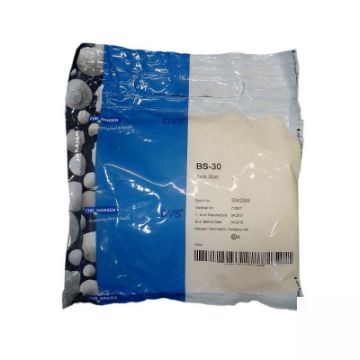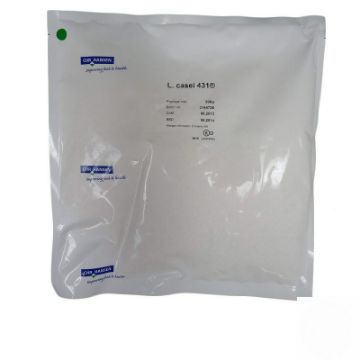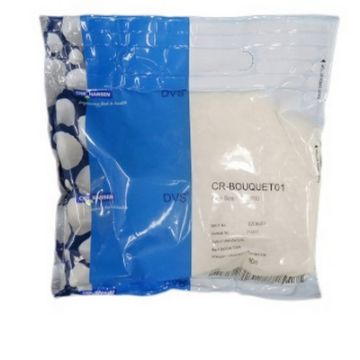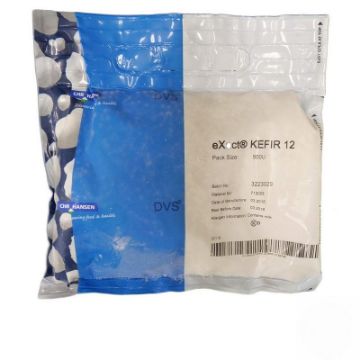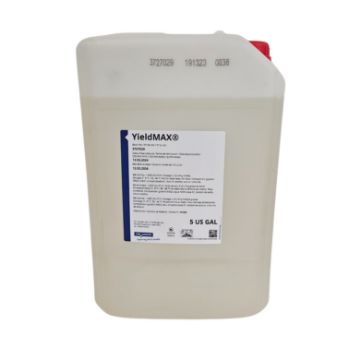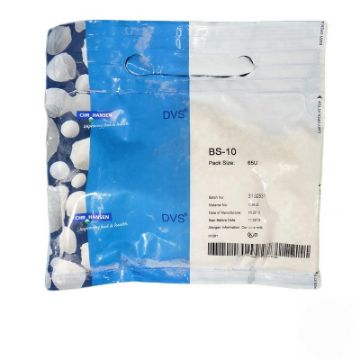Products tagged with ''
BS-30 Frozen 65 u
Mesophilic homofermentative lactic acid bacteria culture.
The culture offers the benefits of enhancing clean flavors as well as suppressing unwanted bitter flavors throughout shelf life due to nisin being one of the metabolites.
Nisin is a peptide produced by certain strains of Lactococcus lactis.
It possesses antimicrobial activity against several Gram-positive bacteria including spore-formers such as Clostridium sp.
and Bacillus sp.
L.CASEI 431 Frozen 500 g
Mesophilic lactic acid culture.
The culture is a defined single strain and has a long history of safe use.
Clinical documentation on possible health benefits are available upon request.
L-casei 431® is a registred trademark of Chr.Hansen.
L-casei 431® is also known as CRL-431.
The culture is used in the production of probiotic milk products.
The culture can be applied alone or in combination with other lactic acid cultures, such as Bifidobacterium, L.
acidophilus, Streptococcus thermophilus and yoghurt cultures.
CR-BOUQUET 01 Frozen 500 u
A defined adjunct culture blend which enhances the overall flavor intensity of the cheese by accentuating important flavor notes.
It enhances the balanced, mellow, rounded and clean flavors and suppresses unwanted flavors like sour, bitter and flat.
The culture contains a nisin producing strain for promotion of bacteria lysis.
eXact® KEFIR 12 Frozen 500 u
Blend of 12 aromatic eXact® Kefir cultures.
The eXact® KEFIR culture produces texture and flavor characteristic of modern Kefir.
The eXact® Kefir 12 should be use together with a YoFlex® to differentiate flavor and to obtain 14 Kefir cultures.
BS-10 Frozen 65 u
Mesophilic homofermentative lactic acid bacteria culture.
The culture offers the benefits of enhancing clean flavors as well as suppressing unwanted bitter flavors throughout shelf life due to nisin being one of the metabolites.
Nisin is a peptide produced by certain strains of Lactococcus lactis.
It possesses antimicrobial activity against several Gram-positive bacteria including spore-formers such as Clostridium sp.
and Bacillus sp.
BioSafe cultures are primarily applied in cheeses, particularly Dutch- and Continental-type cheeses.
In Feta and Cottage cheese, they can be used to suppress post acidification.
High concentrations of nisin can have a negative influence on the growth of Propionibacteriaceae.
In case of use in Swiss, Maasdammer or emmenthaler type cheeses, a validation of all culture combinations should be made prior to industrial use.
Any change in production parameters, ingredients and culture rotation might have an effect on the concentration of nisin produced and should also be validated before implementation.






